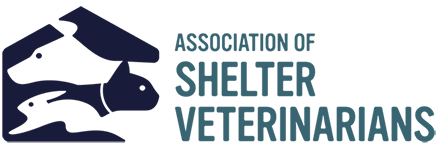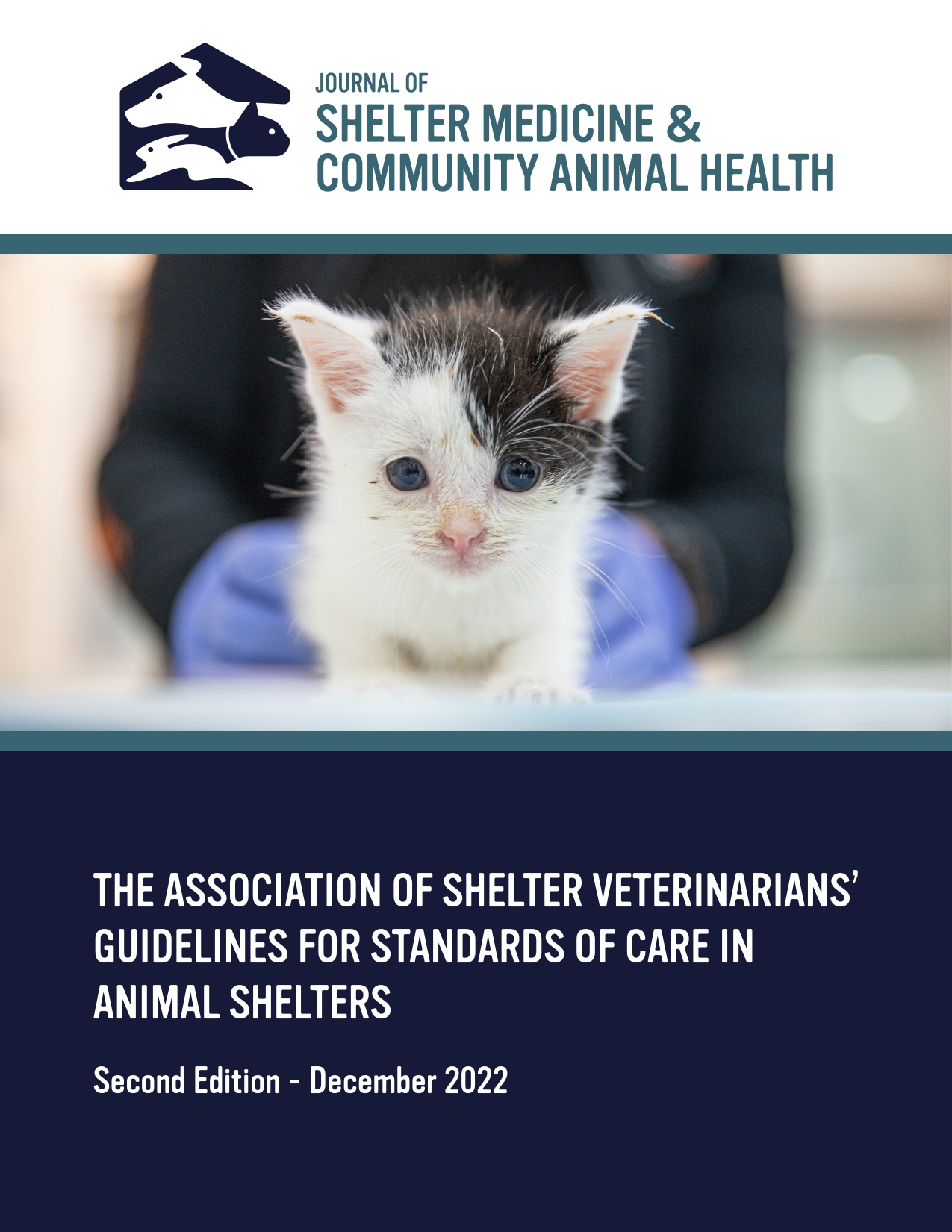Clinical effects of Canine Parvovirus Monoclonal Antibody treatment in naturally occurring parvovirus infection in sheltered dogs [Abstract]
DOI:
https://doi.org/10.56771/jsmcah.v4.141Abstract
Introduction
Canine parvovirus (CPV) is a highly contagious, often fatal virus that can be particularly devastating in vulnerable populations such as sheltered dogs. Treatment is often cost-prohibitive for shelters and requires puppies to be isolated for days to weeks during a time when socialization is critical1. Elanco’s Canine Parvovirus Monoclonal Antibody (CPMA), the first therapeutic to directly target CPV, demonstrated strong therapeutic efficacy in controlled studies with experimentally infected beagles.2 This study aimed to retrospectively assess the clinical effectiveness of CPMA in treating naturally occurring CPV cases in a shelter setting. We hypothesized that CPMA administration would shorten hospitalization times and allow for a faster return to normal social interactions.
Methods
In July 2023, a shelter in central Ohio (Gigi’s) introduced CPMA to their standard of care (SOC) treatment algorithm for all dogs admitted to their Parvo Treatment Center. Data from electronic medical records between June 2020 and May 2024 regarding vital parameters, medication use, time until feces tested negative via a parvovirus SNAP test for two consecutive days, length of hospitalization (days), and survival were retrospectively analyzed to compare between dogs who received SOC treatment alone (n=49) and those receiving SOC treatment plus CPMA (n=63). Modified clinical scores (MCS, 0-11) and weighted medication scores were calculated for every day of hospitalization.
Results
CPV infected dogs receiving CPMA in addition to SOC treatment had significantly shorter hospitalization times (median 2 days vs 4 days; Mann-Whitney, p=0.0233) and time to two consecutively negative SNAP tests (Mann-Whitney, p<0.0001) compared to dogs who received SOC treatment alone. Survival rates were comparable in both groups (82% vs 78%; Fisher’s exact test, p=0.6350). Only one dog was reported to have an adverse event (non-fatal) immediately following CPMA administration. MCSs at the start of treatment were statistically similar between CPMA + SOC and SOC-treated dogs (2.5 vs. 3, p=0.1751). For dogs with minimal clinical illness on intake (MCS = 0-1), the difference in time to two consecutively negative SNAP tests between dogs receiving CPMA in addition to SOC (n=19) and dogs receiving SOC treatment alone (n=10) was substantial (median 3 days vs 6.5 days; Mann-Whitney, p<0.0120).
Conclusion
These findings are the first to demonstrate the clinical efficacy and safety of CPMA against naturally occurring CPV infection. The significant reduction in time CPMA-treated puppies spent in isolation has positive and profound financial and behavioral health implications, particularly for dogs with low morbidity at the time of treatment. These results will inform future, prospective clinical trials with CPMA.
Financial Support and Conflict of Interests M.W. is funded by a National Institute of Health T35 grant (2T35OD010977). J.A.W.’s laboratory has been funded by EveryCat Health Foundation, Morris Animal Foundation, American Kennel Club’s Canine Health Foundation, Nestle Purina, FDA, and National Institutes of Health. She has received speaker honorariums from Royal Canin, Hill’s Pet Nutrition, Nestle Purina, and DVM360. J.A.W. has salary support from the National Institute of Allergy and Infectious Disease Mentored Clinical Scientist Research Career Development Award (K08AI153550). H.H. and M.E.H. are paid employees of Gigi’s. M.E.H. has received speaker honorariums for Royal Canin, Hill’s Pet Nutrition, Elanco, DVM360, Virbac, Ceva, and FearFree.
Downloads
References
1. Appel LD, Barr SC. Canine Parvovirus and Coronavirus. In: Miller L, Hurley K, eds. Infectious disease management in animal shelters. 1st ed. Wiley Blackwell; 2009:197-208.
2. Larson L, Miller L, Margiasso M, et al. Early administration of canine parvovirus monoclo-nal antibody prevented mortality after experimental challenge. J Am Vet Med Assoc. 2024;262(I4).
Published
Issue
Section
License
Copyright (c) 2025 The Authors

This work is licensed under a Creative Commons Attribution 4.0 International License.










